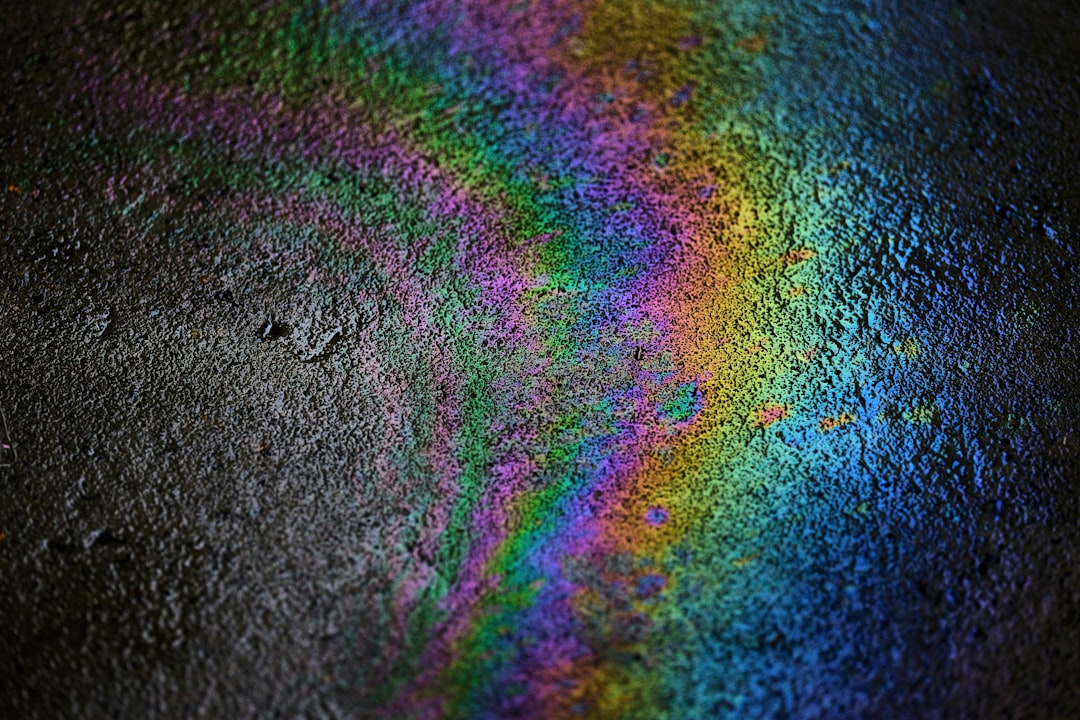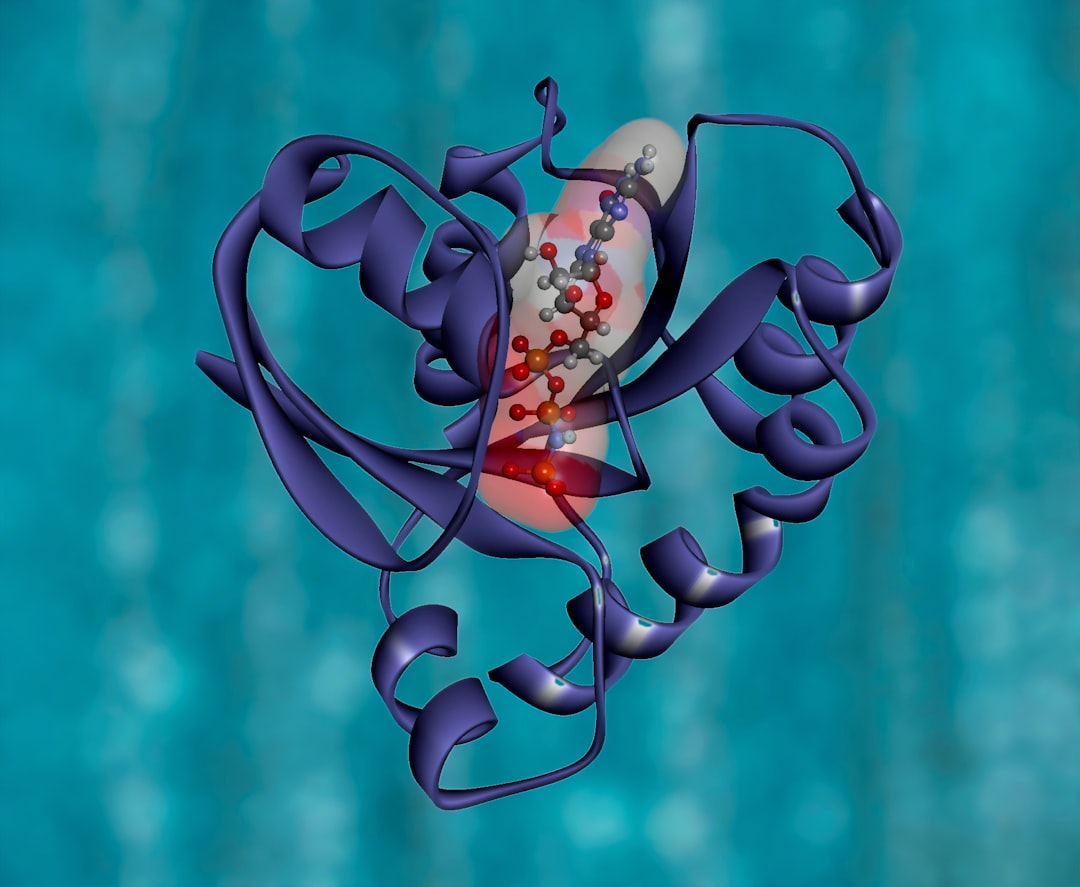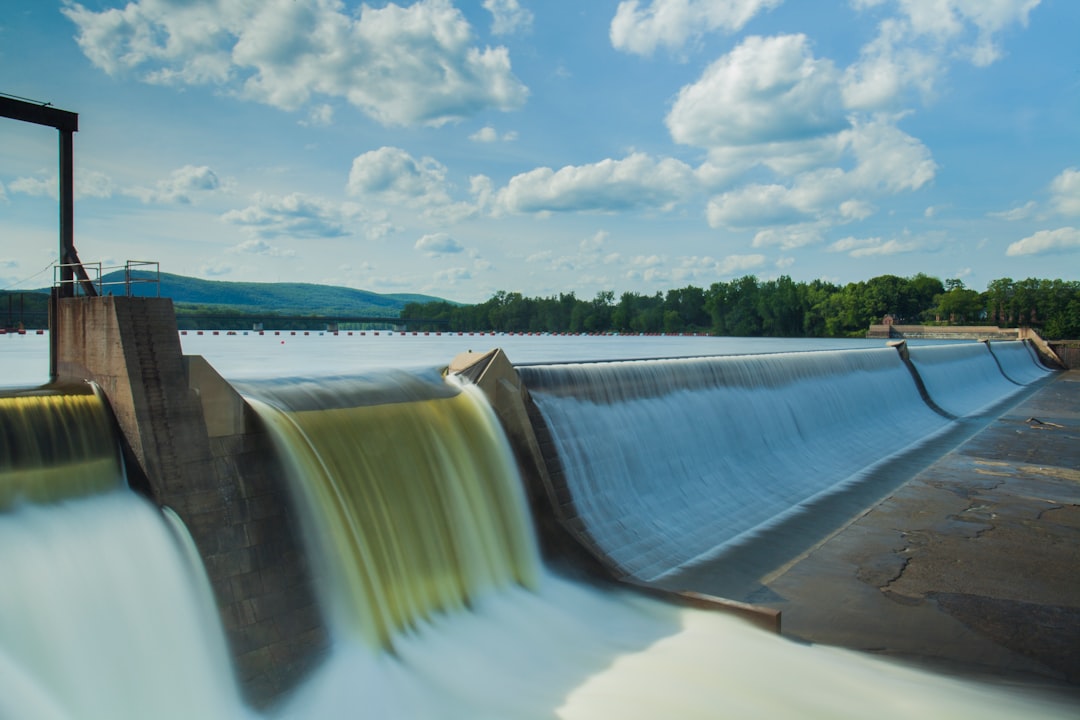What is it about?
One of the many ways to make air travel cheaper is reduce the fuel consumption, which can be done by reducing the drag an aircraft experiences. To do this a fundamental understanding of the flow is to be undertaken. In this work, a specific technique which involves oscillating surfaces is analysed. To understand the mechanism through which the drag is being reduced, an experimental technique called Particle Image Velocimetry (PIV) which employs fog particles as tracers in the flow, a laser to illluminate the region of interest and cameras to acquire images is employed.
Featured Image

Photo by Stephen Leonardi on Unsplash
Why is it important?
A new perspective on how the time scale of the oscillations is connected to the evolution of coherent stuructures in the flow is made. With this information new developments in the technique can be made to maximize the reductions in drag and take the fundamental understanding of turbulence further.
Read the Original
This page is a summary of: 3-dimensional particle image velocimetry based evaluation of turbulent skin-friction reduction by spanwise wall oscillation, Physics of Fluids, August 2020, American Institute of Physics,
DOI: 10.1063/5.0015359.
You can read the full text:
Contributors
The following have contributed to this page










